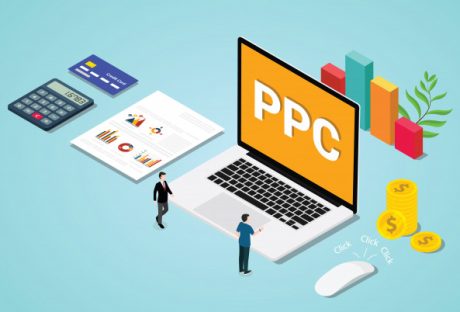The shipping of goods involves interacting with different governments and commercial parties to transport goods from one place to another. In international shipping to be specific, rules should be properly maintained for the smooth transport of goods. There are a number of procedures and documents that need to be filled in.
Sanctioning of the order, specifying its origin, declaring its ownership are just a few of the many shipping documents that need to be arranged for the transport. Sellers, after discussing it with the buyers, must use proper incoterms on the products to increase their shipping potential. Even the payments are made on the basis of the arranged documents.
Therefore the importance of the shipping documents can be properly gauged from the above lines. Still, it can be really confusing for the sellers to arrange it all smoothly. So, to help the sellers, a list of basic shipping documents integral for international shipping has been compiled below-
Purchase Order:
This is the first official deceleration of the order received by the seller from the buyers. The purchase order defines what has been ordered, the quantity, its monetary value, and the parties taking part in the transactions.
Commercial invoice:
While the purchase order is the initial document declaring the purchase, the commercial invoice is the final receipt of all transactions between the buyer and seller. This contains the amount paid, yet to be paid, shipment details, carrier payments, and even the incoterms that guide the transaction.
The article is also used by the federal authorities to check the ownership of the goods and to identify individual organizations involved in the transaction. In a way, the commercial invoice summarizes the whole transaction procedure on a single sheet of paper.
Bill of Lading:
The bill of lading is an official contract signed between the owner of the goods and the carrier services be it ships or an airplane. By generating a bill of lading, the carrier agrees to carry the specified goods from one destination to another officially.
Therefore the bill of lading is an important shipping document as it makes the freight forwarders association responsible for the products they are transporting. This reduces the excessive pressure on the seller while the transport of goods. Similarly, when the cargo has reached its destination, the bill of lading is used to hand over the shipment to the importers by the carriers.
Packing List:
The packing list is a detailed itemized list of cargo. It includes the names, weights, volumes, and monetary value of every item being transported. Even the safety measures are taken as well as the packaging types are also mentioned in this list.
The packing list is the document referred to by the customs officials in case of any discrepancy in the cargo. It allows swift identification of the suspicious object and minimizes the damage to the other cargo. As a reference, it is used to make other shipping documents like the bill of lading. In some cases, the payment procedures via a letter of credit also depend on the submission of a packing list.

Packing List should contain itemized details of the cargo
Letter of credit:
International shipping takes time and is very complex due to the several parties involved. Therefore a secure mode of payment needs to exist for the growth of trade.
A letter of credit is generally accepted as the most credible mode of payment among traders. This is issued by a reputed bank guaranteeing the payment to the seller within a specific period in case the buyer fails to pay the whole transaction sum in the specified period.
This payment can be obtained by the seller only after successfully submitting all the shipping documents to the specified bank.
Dock/Warehouse Receipt:
The condition of the product is integral while being transported from one place to another. In case of going for a long voyage, the shipment is stored in a dock/warehouse before being shipped off. The receipt generated here proves that the product arrived in good condition and is passed along as it is.
Certificate of Origin:
Certificate of Origin declares the country to which the product is manufactured and therefore belongs to. This is an essential shipping document because countries have different trade policies with different countries. Therefore if the origin country is unknown, the customs cannot charge proper taxes and other duties on the goods. It also helps to identify if transporting the goods is legal and conforms to trade ties between the countries.
Insurance Certificate
To minimize the risk in international shipping, insurance is taken on the shipment by the exporter. The insurance certificate certifies the insurance scheme and its value.
All these shipping documents together can give the parties involved the best experience of international shipping. Though a lot of the information in many of these documents is similar each serves its own purpose and is needed in different stages of shipping. To know about these in more detail, check out https://www.cogoport.com/shipping-documents.
Read Also:






















